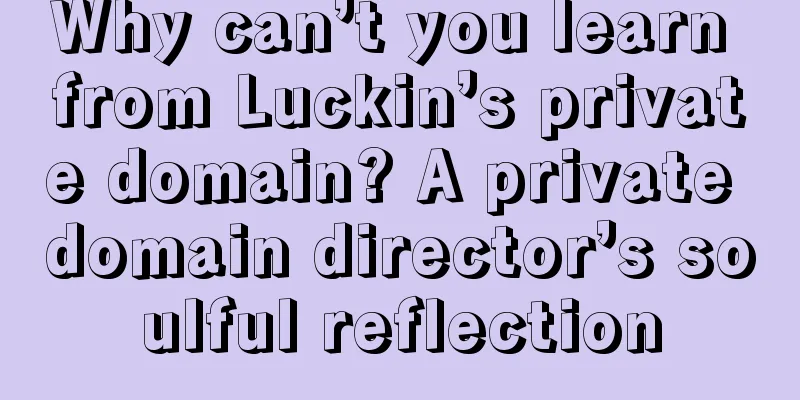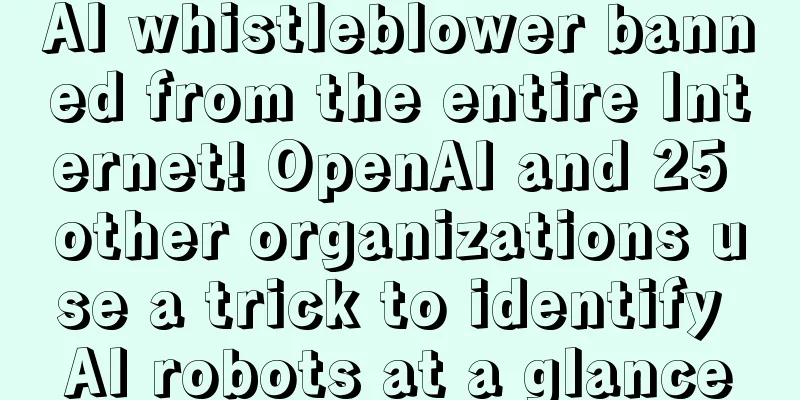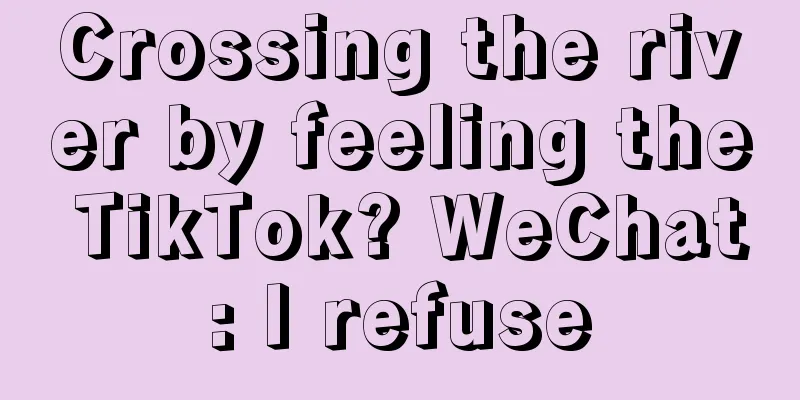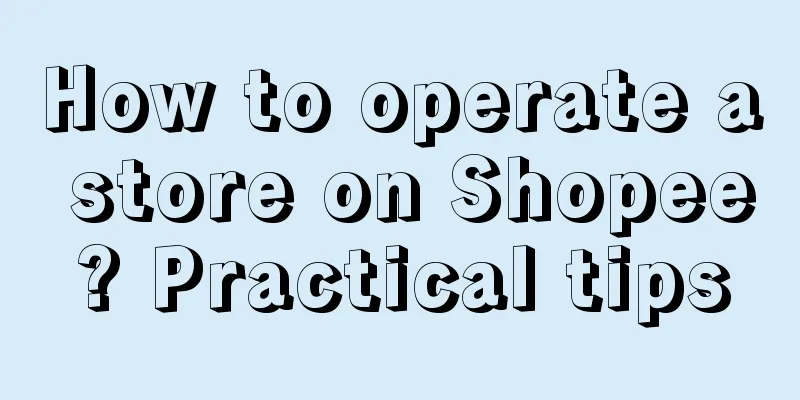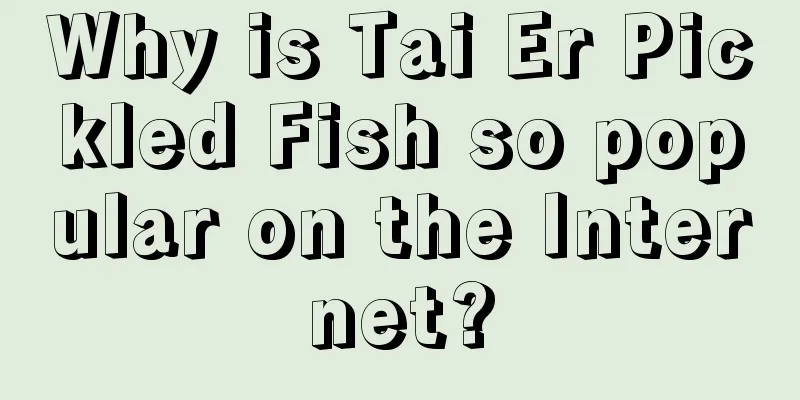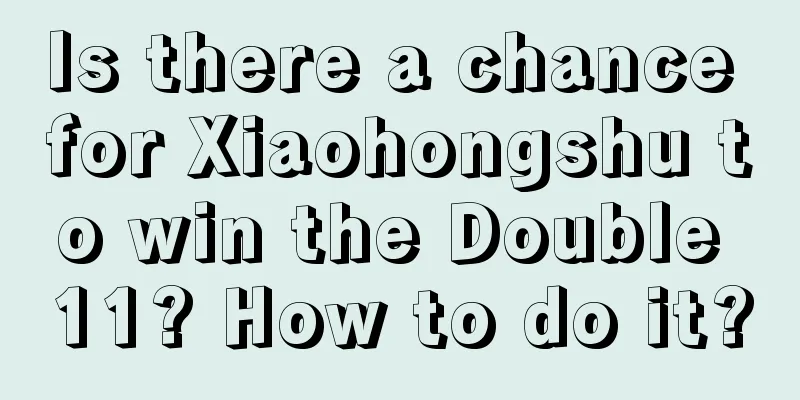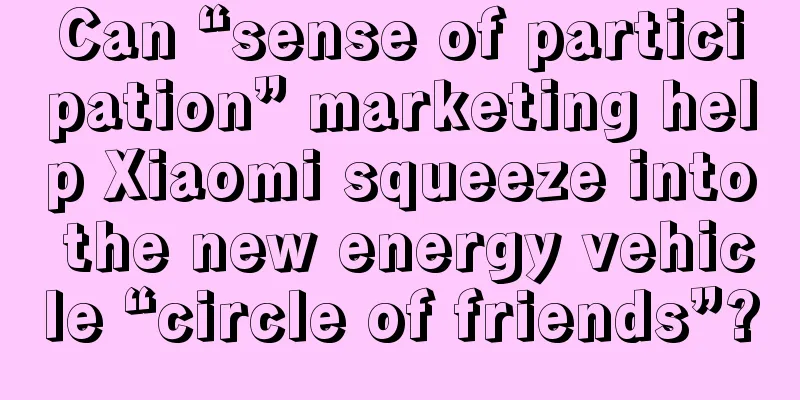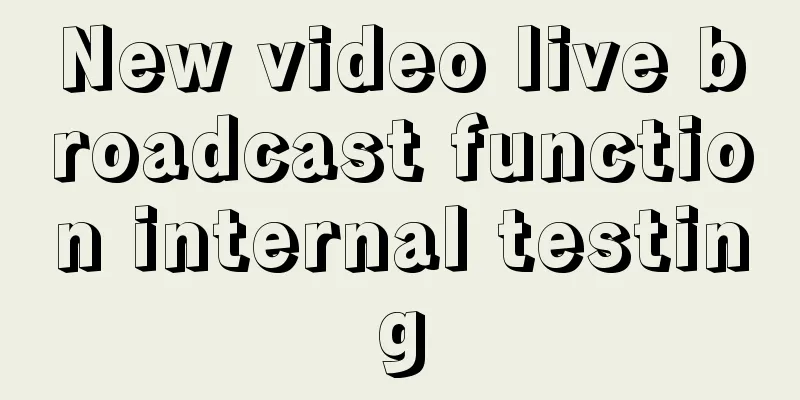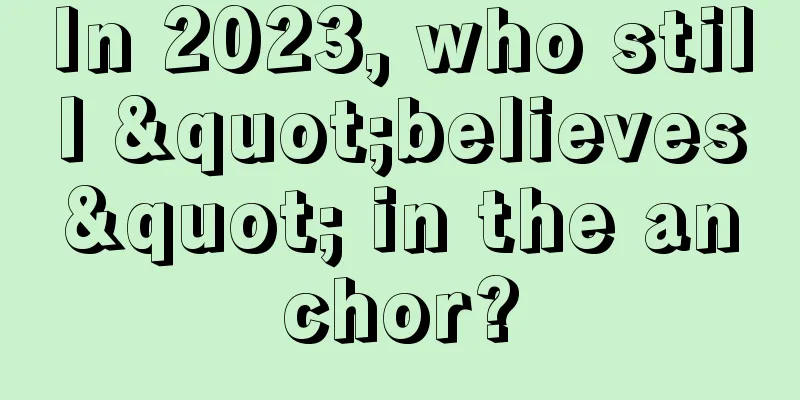My minimalist information management method
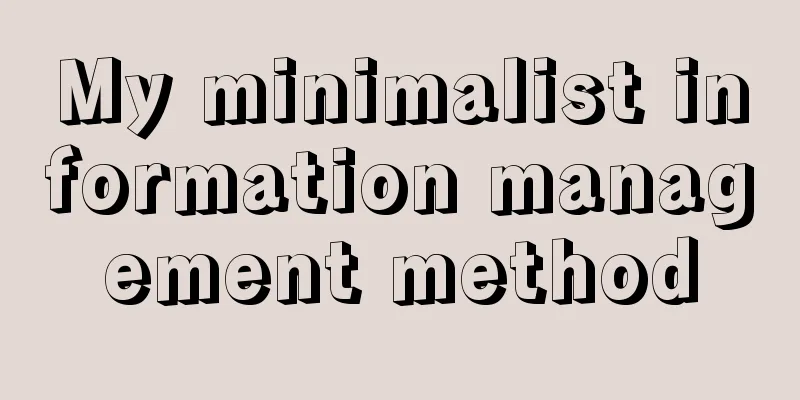
I used to have a habit: When I see a good article on a public account, I will mark it and come back to check it when I have time; when someone recommends a book, whether it is an electronic or paper version, I will place an order and buy it, planning to read it carefully when I have time. Later I found that I was like a squirrel, hoarding a lot of articles and books. It was very difficult to deal with them when I moved, and I even forgot why I hoarded them. The more I hoarded, the more I felt that these things didn't seem so important. I wonder if you feel the same way. If so, you should ask yourself, when will you have time to look back? Or, are you not in the mood at all? The most terrible thing is that time passes unconsciously, and you find that you have collected so many things but have not produced anything. People who love to hoard think that these things are very useful. They collect whatever they see and accumulate massive amounts of information. They can easily fall into "sponge thinking" . These people have no ability to criticize and filter information. They only believe in "quantity" and are easily brainwashed. To be precise, knowledge is processed by different people's thoughts, experiences and insights, and has thousands of different perspectives. It does not need to be managed. In contrast, information needs to be managed because it is more fluid. If you see it but don't internalize it, it is not equal to complete absorption. So, how to establish an efficient and high-value "circular information processing method" and deliver content through perfect causal logic? Or, how to say goodbye to information hoarding and establish your own information input and output closed loop is very important; how to do it specifically? I usually use the TINW method and the INKW method. 1. What is the TINW method?These letters are the abbreviation of theme, inbox, notes, and wisdom . This is a method I created myself, based on experience. Why? In order to write articles and take notes on book reading, I took many detours and used many management software, but in the end, nothing came of it. It's not because these tools are not easy to use, but because I found that I didn't have a perfect logical system. No matter what kind of management software I used, I ended up in a similar dilemma. Nowadays, all software has the functions of labeling and creating folders. I have created many folders before, for example, A belongs to marketing, B belongs to brand, C belongs to growth, if I see a learning file, I put it in A, and so on. There is an advantage of classification, the overall order is easy to find. But this idea has a problem in information processing, you can't put all your eggs in one basket. What does it mean? Let's review the definition of "classification". The answer given by the encyclopedia is: to classify according to type, grade or nature. It is not difficult to see from the definition that there are three dimensions for classifying objects, namely type, grade and nature. Most people are confused by this step. On the one hand, what is a category? Humans and animals are two categories, flying animals and reptiles are two categories, and men and women are two categories, but they are different in rank and nature. The chairman and the employees have a clear hierarchical relationship, the brand and growth are mutually related, and marketing and brand complement each other. If you classify by folder, you will end up with a brain dizzy. On the other hand, the boundaries of brain categories are sometimes strict (clearly defined) and sometimes fuzzy. Fuzzy classification represents the definition of "friendship". We all know that people we know are friends, and people we don't know are not friends, such as strangers. But for most people, the boundaries of friendship are very vague. To some extent, the definition of friendship depends on the situation. Or: Technically, cucumbers and zucchini are fruits, but we slip into the nebulous category of "vegetables" because in some cases we treat them as fruits or substitute them for foods like spinach, lettuce, and carrots. Later, I consulted a lot of literature and found that the brain forms classifications in three default ways: based on appearance, based on characteristics, and based on concepts , and they are also invisible links. Like: Like wallets, childhood photos, cash, jewelry, and the family dog, these items bear no physical resemblance, nor any functional similarity. The only thing they have in common is that you might remove them from your home in the event of a fire. From a neurological perspective, when we learn or create a new category, neural circuits call upon the prefrontal cortex and thalamic circuits in the caudate region. This circuit includes a low-resolution map of perceptual space, connected to the categorical space, and connected to the hippocampus. When we correctly categorize items according to a certain rule, dopamine is released to strengthen synapses. If we change the categorization rules, for example, if we decide to categorize clothes by color instead of season, the cingulate cortex in the brain (part of the central executive system) will be activated. so: File classification is a false proposition for people in the workplace. It will make you keep expanding the breadth until you have more and more files. Unless you are a textbook or academic practitioner who needs to understand a field from a disciplinary perspective and give people a bird's eye view, this method is ineffective. After I discovered this problem, I started to focus on the theme. What is a Theme? In different contexts, the central idea and theme may be different, but the core issue discussed in the work cannot be escaped, which is the theme. Just like this note, I mainly discuss "circular minimalist information management". For example: I am a marketing insight practitioner. Every day I see a lot of hot topics on social media, such as unmanned stores and short video platforms that have suddenly become popular, and the pig farmer who gained 1 million followers in half a month. I will put these topics in a folder called theme in my note management software, and then start thinking about why it is popular? What factors caused it? What is the public psychology behind it? What inspiration can it give to other colleagues? There is not just one single topic in the theme. I am used to using notion to build a database. Anyway, as long as the topics I want to write about are related to "hot spots, issues", or my own industry, they are all in it. When implementing the topic, I cannot just rely on my own subjective ideas and experience. I have to analyze multiple factors such as market demand, audience concerns, and current affairs. At this time, a large amount of information is needed to verify it. Where does it come from? First of all, research is one of the most important methods I use. On this topic, I will list a few questions and consult marketing professionals or KOLs around me to ask them what they think. In this way, I can not only keep in touch with others, but also achieve my own small goals. Secondly, reading is the second method I use. I will read a lot of related discussions on social media around a topic to find different angles. Whether it is the answers from people around me or the information generated on the Internet, I will record them at any time using the card note method to ensure the self-consistency of the materials and viewpoints, and finally output the complete content; when I write enough about the selected topics, the content will naturally become something systematic, which are valuable intangible assets. You will find: A top-down logic is completely centered around a certain problem. You can choose a problem you encounter at work as a topic, or you can take a certain confusion as a direction to find answers and enrich your cognition. This is a thinking centered on why (WHY), a process of in-depth exploration, which can well establish a causal closed loop, so I call it the TINF method. However, many people will say, I am too tired recently and don’t want to think, but when I browse my phone, I see some high-quality content and I want to use it in the future. What should I do? 2. INKW MethodFormerly known as the INK Rule, this concept was proposed by the famous German entrepreneur Karl-Heinz-Decker in his book Introduction to Knowledge Management in 1999. Inbox, Note, and Knowledge are abbreviations of several letters, and the last stage of wisdom is added by me. The four categories represent four different folders. I have used them for about 4 years and have many different feelings about them. How to use it specifically? In terms of collection, I will not collect the entire article unless I have little time and must do so. Instead, I prefer to "cut and save", extracting the important expressions, opinions and backgrounds, and then put them into cubox and label them with corresponding questions so that they can be found quickly in the future. for example: I recently read an article about Starbucks being a pioneer in the third scenario. The article mentioned that "in the fast-paced era, the third scenario can no longer satisfy consumers." Starbucks has recreated the scenario and proposed the "on-the-go" concept, which means that coffee can be delivered to people while they are in the car. After I cut and hide these contents, I use notation or obsidian to reorganize them into notes. Of course, everyone will definitely do these big steps. The problem is that in the folder named Note, many people will be misled by the card note-taking method. Why? Niklas Luhmann's card note-taking method is divided into fleeting notes, permanent notes and literature notes. Many people want to divide the fragmented content very clearly at the beginning, but often end up not knowing whether to put a certain content in a flash or permanently; or, it's all in the flash, with no permanence, which is very troublesome. I have encountered similar problems before. After writing more than 10,000 cards, I discovered the problem: organizing cards is not so easy to achieve "structure", mainly because of the "instantaneity" of note-taking. This means that when anyone takes notes, they cannot predict what notes will be taken in the future, nor do they know where these notes will be used. Therefore, the overall cognition of the application scenario of a card is lost. In this process, the number of notes will inevitably increase, and confusion is inevitable. Therefore, the person who records the cards needs to restructure the cards regularly. As the number of notes increases, the cost of this reconstruction will inevitably increase. What should I do? My solution is to allow myself to record notes in a chaotic way, then establish connections through "labeling", and finally let the chaotic notes continue to emerge (Emergence) with their internal structure. For example: I recorded a note called "Cognitive Miser", which mainly talks about the explanation of the phenomena of "cognition" and "stinginess" from a psychology book excerpted from somewhere. It contains literature and opinions. At the same time, I created two tags, namely #cognition and #stinginess. Similarly, if other files have content related to cognition, I will also label them "cognition". Finally, after writing hundreds of cards, I found that cognition is associated with various cards such as "metacognition, brain, thinking, attention, distraction, and lack of energy". Obviously, this method can effectively avoid the reconstruction of each card, and the topic will grow in the card. If you want to write about cognition, you only need to think of a topic (question) about cognition, put it in the theme (Knowledge) folder, and then link the cards related to cognition and count them all. Ultimately, through the two simplest association relationships, we achieved the goal of "recording is giving structure", which not only maintained the "immediacy" of the notes, but also established the "structure" of the notes, and at the same time, allowed new topics to emerge from the structure. This is bottom-up logic. As for how to make permanent cards, I changed their name to concept cards. For example: compound interest thinking, framework thinking, predictive coding, and critical thinking are all concepts. In the cards, I will complete who proposed them, what they mean, and the application scenarios, and then archive them until they are mentioned in an article next time, so that they can be used immediately. However, I will not search deliberately, but supplement from time to time in fragmented time. Currently, there are more than 400 archives. After sorting them out, although I have a deep understanding of the knowledge points, I always feel that I have not internalized enough due to lack of practice and purpose. So in the end, the concepts still serve the selection of topics (problems). Finally, I found: Information can be classified into two categories. One is a stable source, such as e-books, various reports, subscribed knowledge planets, columns of bigwigs, etc.; the other is a random source, aimless. No matter which one, remember that the bottom-up approach does not serve a very focused issue at the beginning, but is recorded for "what I think I may have in the future." Take books for example. Many people like to read them in a lavish manner, digging out the content structure according to the author's original intention. I seldom do that. I usually think about what each paragraph means and where I can use it. Then, after internalizing it, I record it on cards and label them. This is also the fundamental difference between INKW and TINW methods. If you understand this kind of thinking, you can avoid many detours. No matter you use Flomo, Notion, Feishu, Siyuan, Flowus or Wolai, as long as it has label and double chain function, or block structure, it can be achieved; when you have enough notes, you can archive them. 3. Archive to WisdomWhen many people mention archiving, they usually understand it as organizing, categorizing, and archiving in a certain way to facilitate subsequent search and use. At the same time, it means that the task has been completed and is put on the to-do list, and is rarely looked at. In fact, archiving is a big deal. Writing some articles does not mean that we are done. We still need to use them and compound them. We cannot use the circulated content in practice, but can only process it as information. It's like: A person who is well-read and has a lot of knowledge but is not worldly-wise can only be regarded as a nerd; while some people have read very few books but have extraordinary abilities and can solve difficult problems. The latter is the wise village chief. Therefore, I believe that wisdom is people's ability to deduce solutions to problems that arise in the process of movement of the material world based on existing knowledge and analysis of the information obtained; the result of the use of this ability will be to dig out the valuable parts of the information and make it part of the existing knowledge structure. Think about it: You encounter a problem and want to solve it. You will analyze the cause of the problem and collect information based on your existing knowledge and experience, and then use your thinking and judgment to deduce a solution. In this process, you may obtain new information and supplement and improve your knowledge system. If you can share useful knowledge with others, you can increase the value of the entire industry and society. For example: I often write down the problems I encounter at work and turn them into a valuable content, but these are relatively fragmented; now, as they accumulate day by day, my questions and answers are becoming more and more systematic. Contents such as "Why many companies fail to achieve growth, what is the use of brands, how to simply understand the relationship between brands and public relations, how to do good marketing", etc., all include my thoughts and methodology. Many people who see these contents will actively seek me out to communicate, solve confusions at work, and give me feedback on new problems. Gradually, they are combined together to form a system, which not only benefits myself, but also helps those around me reduce the cost of self-exploration. Obviously, the upgrade from archiving to wisdom is a process of exploring, understanding, and applying problems, rather than simply classifying them as completed. In this regard, I generally adopt two methods: "theme-centered" or "category-centered" reuse. My note-taking software, the wisdom folder, already has three major systems: enlightenment, thinking, and habits. These are not just concepts, but a methodology formed by thinking about real problems. Of course, there are also categories such as marketing thinking, marketing mentality, marketing insight, etc., which still need to be improved. It is true that the purpose of information processing is not just for writing. And the purpose of writing should not be just to pursue traffic and publicity. Problem sorting should eventually move to the application level, forming an organic system and constantly influencing the people around you, so that its true value can be realized. Overall: Use TINW from top to bottom and INKW from bottom to top. These methods are what I obtained after spending a lot of time, countless cups of coffee, continuous exploration, and continuous improvement. They are the underlying rules and are tools to improve your efficiency in processing information. It is also the source of motivation for me, as a small individual, to feel a sense of accomplishment and competence when facing an uncertain future. It is still circulating. Now, I would like to share it with you. If you find it useful, you may as well give it a try. Author: Wang Zhiyuan, public account: Wang Zhiyuan |
>>: Operations = miscellaneous tasks, solving one problem or a category of problems?
Recommend
What are the techniques for Amazon distribution? What are the differences between Amazon distribution and boutique products?
In today's e-commerce field, Amazon, as one of...
How about shein shoes? Are they expensive?
With the rise of cross-border e-commerce, the Shei...
Tmall's new rules prohibit merchants from diverting traffic to WeChat private domains
Tmall’s new regulations prohibit the use of packag...
Are Shopee and Shopify the same company? Which one is better?
Shopee was founded in 2015. Until now, it has been...
Dissemination of scientific and technological elements: dangers and opportunities for domestic brands
This year is the year of traffic for domestic bran...
Douyin sells fresh food, relying on Pinduoduo to cross the river
After bidding farewell to the absolute low-price s...
Brand portfolio strategy: How do companies plan and implement multiple brands?
To develop, enterprises often need to launch multi...
How to brand a pet freeze-dried snack store?
In the booming pet economy, pet food branding is b...
Re-evaluating Keep, can “trendy play + sports” successfully make money?
Originally, medals were awarded by participating i...
For the first time, men's spending power exceeds that of pet dogs. Is the "he economy" about to explode?
This year, the spending power of men exceeds that ...
How is the UK Amazon market? How to choose products on UK Amazon?
Amazon is the best developed cross-border e-commer...
What is Operations?
This article analyzes the four stages of operation...
To get started with B-side self-media operations, these tips are must-reads!
Have you ever heard of B-side self-media? Or do yo...
New rules for video accounts, be careful not to get blocked!
Recently, the official Video Account released new ...
NIO biscuits are sold out. What lessons can we learn from this for car marketing?
In the automotive industry, traditional marketing ...
